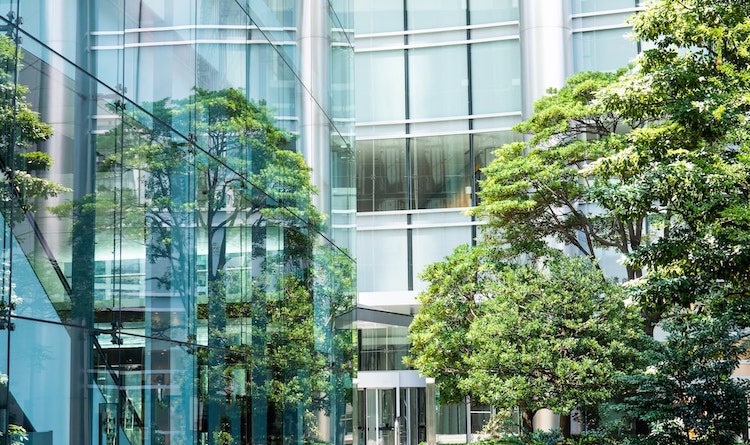Author
Given the recent press coverage of a reduction in subsidies for onshore wind and solar in favour of offshore wind farms, significant price increases from “Big 6” energy suppliers; the uncertainty created by the spate of policies being announced by different political parties, and amidst the backdrop of the wider electricity market reforms, you would be forgiven for giving the energy industry, including renewables, a wide berth. But regardless of the identity of the next Government, there is little doubt that both renewable energy and energy efficiency measures will remain key parts of the UK’s energy and climate change strategy.
With increasing pressure on the land and agricultural sectors, renewable energy solutions remain an attractive option, despite political uncertainty.
Renewable energy provides an opportunity to increase income, reduce waste, reduce energy costs and importantly provide security of electricity supply. The mainstream renewable energy technologies are wind, solar PV, hydro, biomass and biogas. In addition, ground- and air-source heat systems are becoming quite common, with more exotic possibilities (at least for the UK) of wave, tidal and geothermal power also attracting attention. Green support mechanisms include the Feed in Tariff, ROCs, RHI and LECs, with further financial benefits coming from the potential sale of electricity to the grid, enhanced capital allowances for eligible expenditure and potential business rates exemptions for eligible installations.
There are many ways that the land and agricultural sector can embrace, utilise and capitalise on renewable technologies. You can create your own power, lease your land to a developer or become a developer yourself. Your approach will depend on the different needs of your business, as well as your personal circumstances and the feasibility of any particular technology exploitation in your particular location – for example, you would be more likely to erect a wind turbine on an exposed hillside than you would in a dense valley.
Using biomass as an example, virtually all plant and organic waste can be used to produce heat, power or fuel. Biomass can either be burnt directly to provide heating to single or multiple buildings or to heat water, or it can be converted using anaerobic digestion to generate biofuels for in situ generation of electricity.
Some of the key issues to consider are availability of grid connection, choice of green tariff, funding (whether you will fund yourself, in partnership with a developer, or with bank support), planning consent, tax (such as capital allowances, VAT, business rates and inheritance tax) and business planning, the first of which is considered below. Further articles will follow in the New Year on these topics.
Power to the Grid
In considering the feasibility of a renewable energy project, the availability of a grid connection is a significant factor. The cost and timing of a connection are of significance not only for large-scale projects needing a connection for export only generation; grid can be just as critical for on-site generation projects. Network capacity is playing an increasingly important role, and should be considered at the earliest opportunity by any landowner looking to develop renewable technologies, whether for themselves or with a developer.
Earlier in the year, Western Power Distribution (the largest distribution network operator in the country and responsible for electricity distribution in the South West) said that without expensive investment, the electricity grid would struggle to take any more electricity. It has been suggested that a large proportion of the upgrade cost will need to be borne by developers themselves. The additional costs of upgrading the grid may affect the viability of a significant proportion of planned renewable energy projects.
One option proposed by Ofgem is to increase grid capacity by developers entering into special arrangements with distribution network operators (such as WPD) under section 22 of the Electricity Act 1989. This arrangement would commit the developers to pay their share of the costs (under the current charging rules) once the generating equipment (wind turbine, solar PV etc) has been installed. The developers (typically as part of a consortium) would then be reimbursed within five years if the additional capacity created by this investment is used by other developers.
This suggestion has had a mixed reception; some developers do not see it as their duty to upgrade the electricity network. However, if the renewable energy market remains buoyant, it is likely that more large-scale developers will form consortiums to develop the network, with the aim of recouping their money, particularly if the additional capacity can be used by others.
For those in the land and agricultural sectors based in areas seen as attractive for renewable energy development, it could be that these consortiums may prove more common and provide a relatively cost-effective means of securing continued investment into renewable technologies.
Print article

